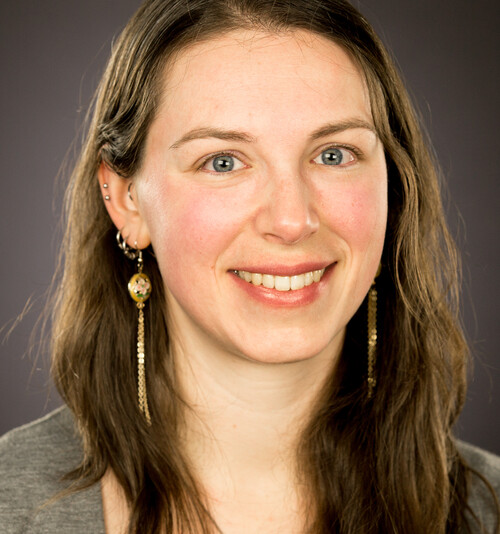Elisabeth Newton

Our Solar System isn’t the only thing that’s heliocentric—we tend to be, too.
Though it’s far from the biggest star in our galaxy, the Sun literally and figuratively outshines most of its neighbors. For all the attention that the Sun receives, though, in recent decades astrophysicists have started turning their attention to a previously unsung stellar hero: the unassuming red dwarf.
Smaller and dimmer than the Sun, red dwarf stars are harder for us to see with the naked eye. And yet, according to Elisabeth Newton, what they lack in size and brightness, they make up for in abundance. “About seventy percent of stars are actually red dwarf stars, and the closest star to our Solar System, Proxima Centauri, is as well.” In the past few years, astronomers have turned their attention to the red dwarf for another reason: the planets found to orbit them.
Newton explains that “the bigger the planet is relative to its star, the easier it is to detect.” Since red dwarfs are relatively small, this makes them an ideal place to look for orbiting planets. Studying the planets found around these small stars can, in turn, inform us about how planetary systems form and evolve.
Newton’s work centers on what observations can tell us about the properties of red dwarf stars. She is particularly interested in the stars that are known to have planets orbiting them, since, as exoplanet astronomers like to say, “you only know your planet as well as you know your star.”
For Newton, the amazing thing about astronomy is how much of that knowledge can come from just looking. “When we look up at the night sky from Boston, we see maybe a dozen stars. If you go somewhere where it’s really dark, you’ll see thousands. But that’s just a small fraction of what’s out there—using an astronomer’s tools gives us a whole new way to look at the night sky.”

